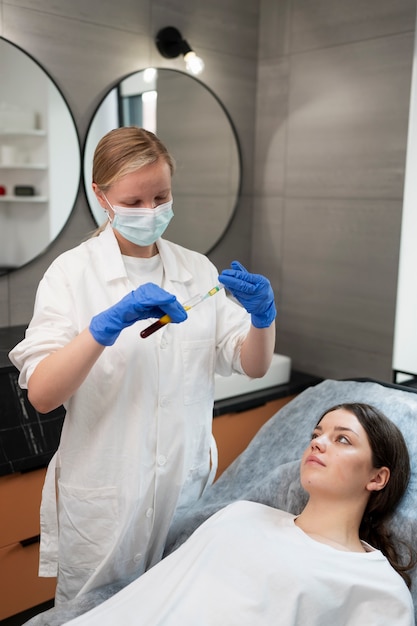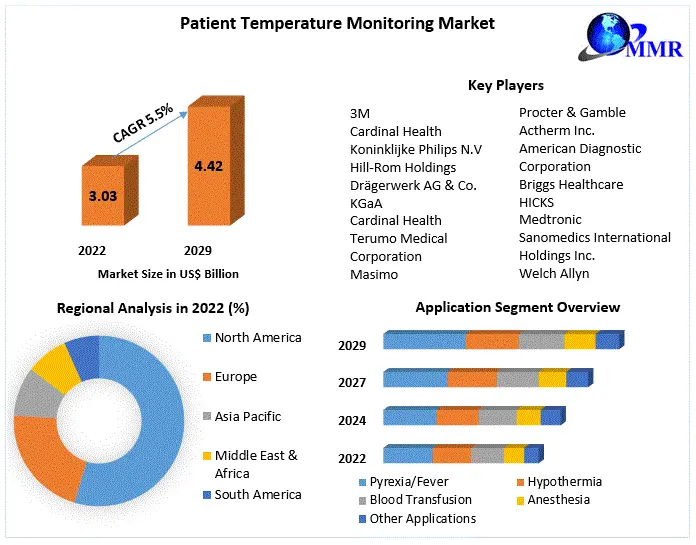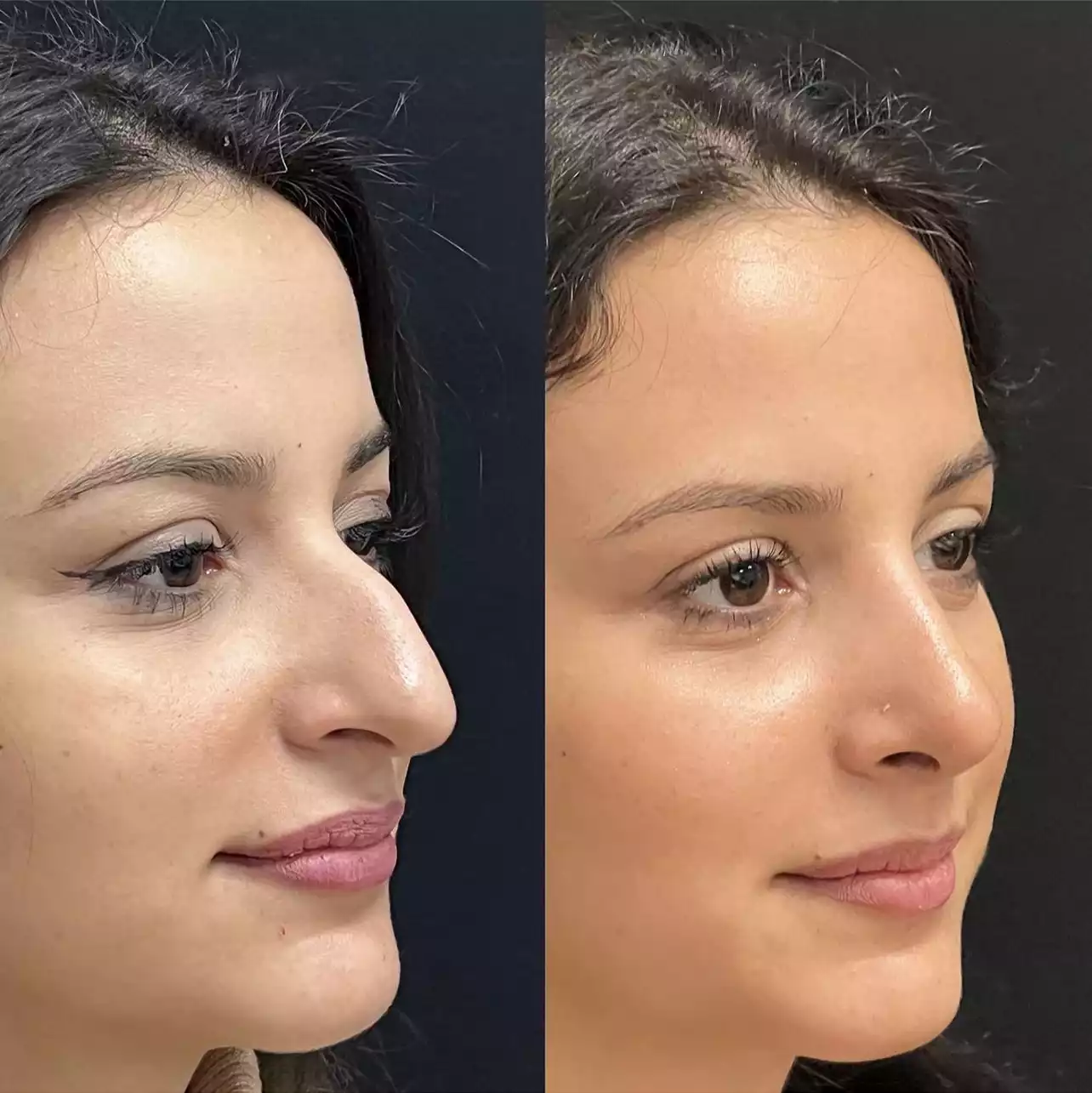Platelet-Rich Plasma (PRP) therapy has gained significant popularity in recent years as an effective solution for treating hair loss. Unlike traditional hair transplant surgeries or over-the-counter treatments, PRP is a non-invasive and natural method to stimulate hair growth using the body’s own healing mechanisms. While the procedure itself is relatively simple and quick, many people considering PRP hair treatment are curious about the recovery time and what to expect after the treatment.
In this guide, we’ll explore the recovery process after PRP Hair Treatment in Dubai, the typical timeline, aftercare recommendations, and factors that may affect recovery time. By understanding what to expect, you’ll be better prepared to manage the healing process and optimize your results.
What to Expect Immediately After PRP Hair Treatment
PRP hair treatment involves the extraction of platelet-rich plasma from the patient’s blood and injecting it into areas of the scalp that are experiencing thinning or hair loss. The procedure is performed in a clinical setting and usually takes less than an hour. Because it’s a minimally invasive procedure, the recovery process is relatively quick compared to more intensive hair restoration techniques like hair transplants.
Immediately after the treatment, you may experience some minor side effects such as:
- Mild redness or swelling: The injection sites may appear red or slightly swollen. This is a normal response to the injections and typically subsides within a few hours to a day.
- Tenderness or discomfort: Some patients report feeling mild tenderness in the scalp area where the injections were administered. This discomfort is usually short-lived and can be managed with over-the-counter pain relief medications.
- Minor bruising: In some cases, patients may experience slight bruising at the injection sites. This is not common but can happen due to the sensitivity of the scalp. Bruising generally fades within a few days.
These immediate side effects are temporary and do not require significant medical intervention. Most people can go about their daily activities soon after the procedure, with no need for extended downtime.
Day 1-3: Initial Healing Phase
The first few days following your PRP hair treatment are crucial for the healing process. During this time, your body begins to repair the treated area using the concentrated growth factors and proteins found in the PRP. While the healing process is largely invisible, here are some important aftercare tips to follow in the initial phase:
- Avoid washing your hair: It’s recommended not to wash your hair for at least 24 to 48 hours after the treatment. This allows the PRP to fully absorb into your scalp without being disturbed by water or shampoo.
- Keep the scalp clean and dry: For the first few days, avoid activities that could lead to excessive sweating or dirt accumulation on the scalp. If your scalp becomes dirty or irritated, it may prolong the healing process.
- Limit sun exposure: Direct sunlight on the treated areas should be avoided, as it may increase irritation or inflammation. If you need to go outside, consider wearing a hat or applying sunscreen with SPF on your scalp to protect it from UV rays.
- Avoid hair treatments: Do not apply any hair dyes, chemical treatments, or heat-styling tools like curling irons or blow dryers for the first few days. Your scalp needs time to recover without additional stress.
Day 4-7: Reduced Sensitivity and Swelling
As you approach the end of the first week, you’ll likely notice that any sensitivity, swelling, or redness has significantly diminished. Most patients find that by the fourth or fifth day, their scalp feels almost back to normal, with little to no lingering discomfort. Here’s what you can expect during this phase:
- Reduced swelling: If you experienced swelling in the initial days, it should have reduced considerably by now. Any minor bruising will also begin to fade.
- Resuming normal activities: At this stage, you can usually resume activities like light exercise, washing your hair with a mild shampoo, and returning to your regular routine. However, it’s still best to avoid vigorous physical activities, as sweating or strain could irritate the scalp.
Week 2-4: Hair Growth Stimulation Begins
The second to fourth week post-treatment is when the body begins to respond to the growth factors introduced through the PRP injections. While it’s too early to see visible hair growth at this stage, the follicles are being stimulated, and cellular regeneration is taking place beneath the surface.
During this period:
- Itching or tingling sensations: Some patients report mild itching or tingling in the scalp as new hair follicles are activated. This is generally a positive sign that the PRP is working, although it can be slightly uncomfortable. Avoid scratching the scalp, as this could cause irritation or disrupt the healing process.
- Patience is key: While the PRP is working its magic, visible results will take time to appear. Typically, new hair growth may start to become noticeable around the third or fourth month after the initial treatment. However, everyone’s response to PRP varies, and some patients may experience faster or slower results.
Month 1-3: Continued Healing and Results
As you enter the second and third months after PRP hair treatment, your scalp has fully healed, and the PRP has had ample time to stimulate the hair follicles. During this time, you may begin to see early signs of new hair growth. These initial hairs may be thin or fine, but they will gradually thicken and strengthen as time progresses.
During this phase:
- Shedding of existing hair: Some patients may notice increased shedding of older hair strands during the first few months. This is a normal part of the hair growth cycle and indicates that new, healthier hairs are beginning to take their place.
- Maintaining scalp health: Continue following any aftercare instructions provided by your doctor to ensure optimal results. You may also consider using hair growth shampoos or supplements, as recommended by your healthcare provider, to enhance the results.
Factors That May Affect Recovery Time
While PRP hair treatment generally has a straightforward and quick recovery process, certain factors may influence how fast you recover and how well the treatment works. These factors include:
- Individual healing rates: Everyone’s body heals at its own pace, and factors such as age, overall health, and lifestyle can impact recovery time. People with healthy lifestyles, good nutrition, and minimal stress levels may experience faster recovery and better results.
- Scalp sensitivity: If you have sensitive skin or underlying scalp conditions like eczema or psoriasis, you may experience more discomfort or a longer recovery period. Your doctor may recommend additional aftercare steps in such cases.
- Compliance with aftercare: Following aftercare instructions is crucial to minimizing recovery time and achieving the best results. Ignoring aftercare recommendations, such as avoiding hair washing or sun exposure, could prolong the healing process or reduce the effectiveness of the treatment.
Long-Term Results and Maintenance
The long-term effects of PRP treatment vary, and most patients require a series of treatments for optimal results. After the initial set of three to four treatments, spaced about four to six weeks apart, patients typically schedule maintenance sessions every six to twelve months.
Because PRP stimulates hair growth rather than permanently resolving hair loss, it’s important to understand that maintenance is necessary to sustain results. The hair that grows after PRP treatments tends to be healthier and thicker, but the hair growth cycle continues as normal, meaning that without follow-up treatments, you may experience thinning again over time.
Conclusion!
PRP hair treatment is an effective and minimally invasive option for individuals experiencing hair thinning or loss. With a relatively short recovery time and minimal side effects, it offers a low-maintenance path to hair restoration. By understanding the recovery process and following the appropriate aftercare steps, you can optimize your results and enjoy fuller, healthier hair.
While PRP is not an instant fix, with patience and consistency, you’ll likely see significant improvements in hair thickness and density over time. And with the right maintenance schedule, the benefits of PRP can be long-lasting, making it an excellent choice for those seeking a natural, non-surgical solution to hair loss.



